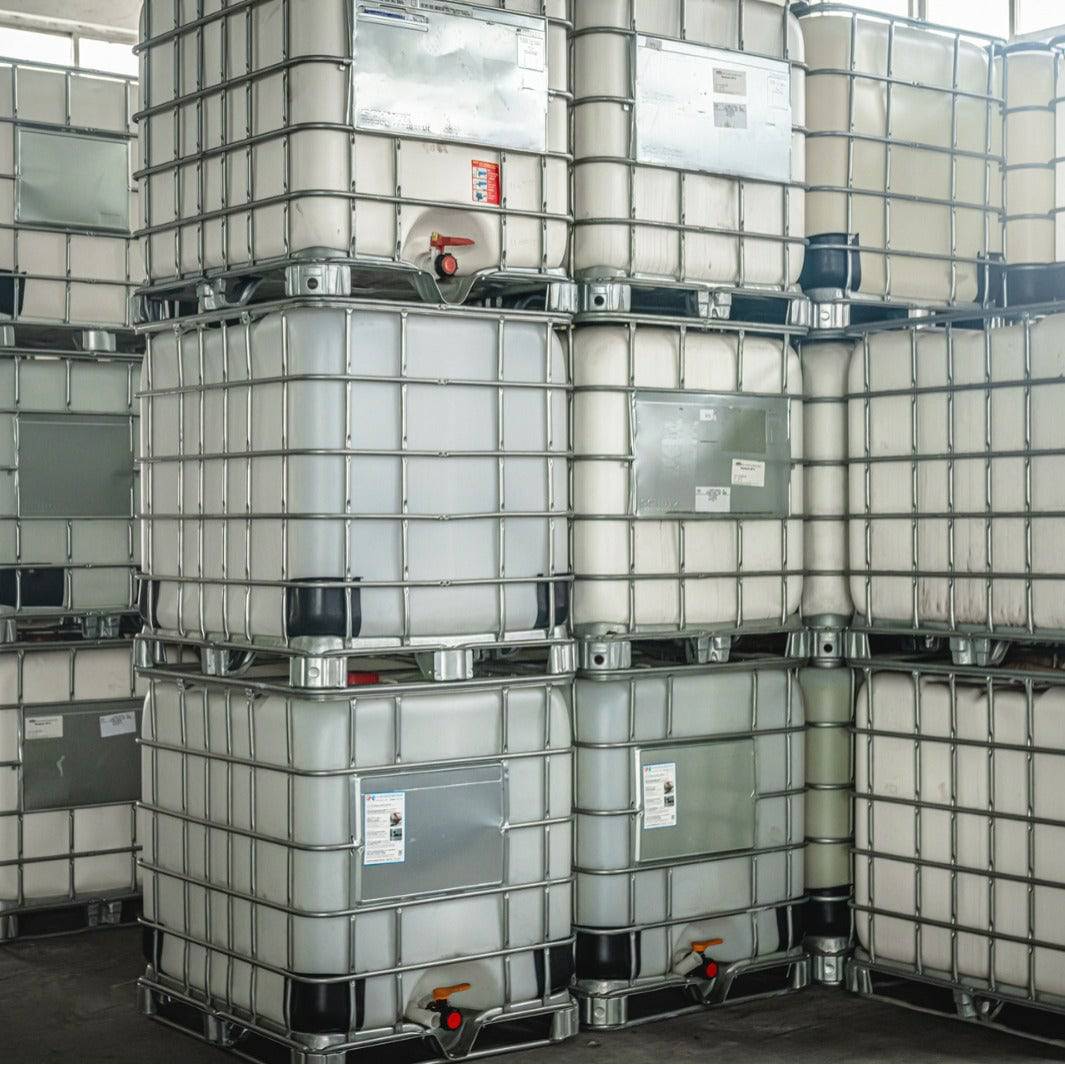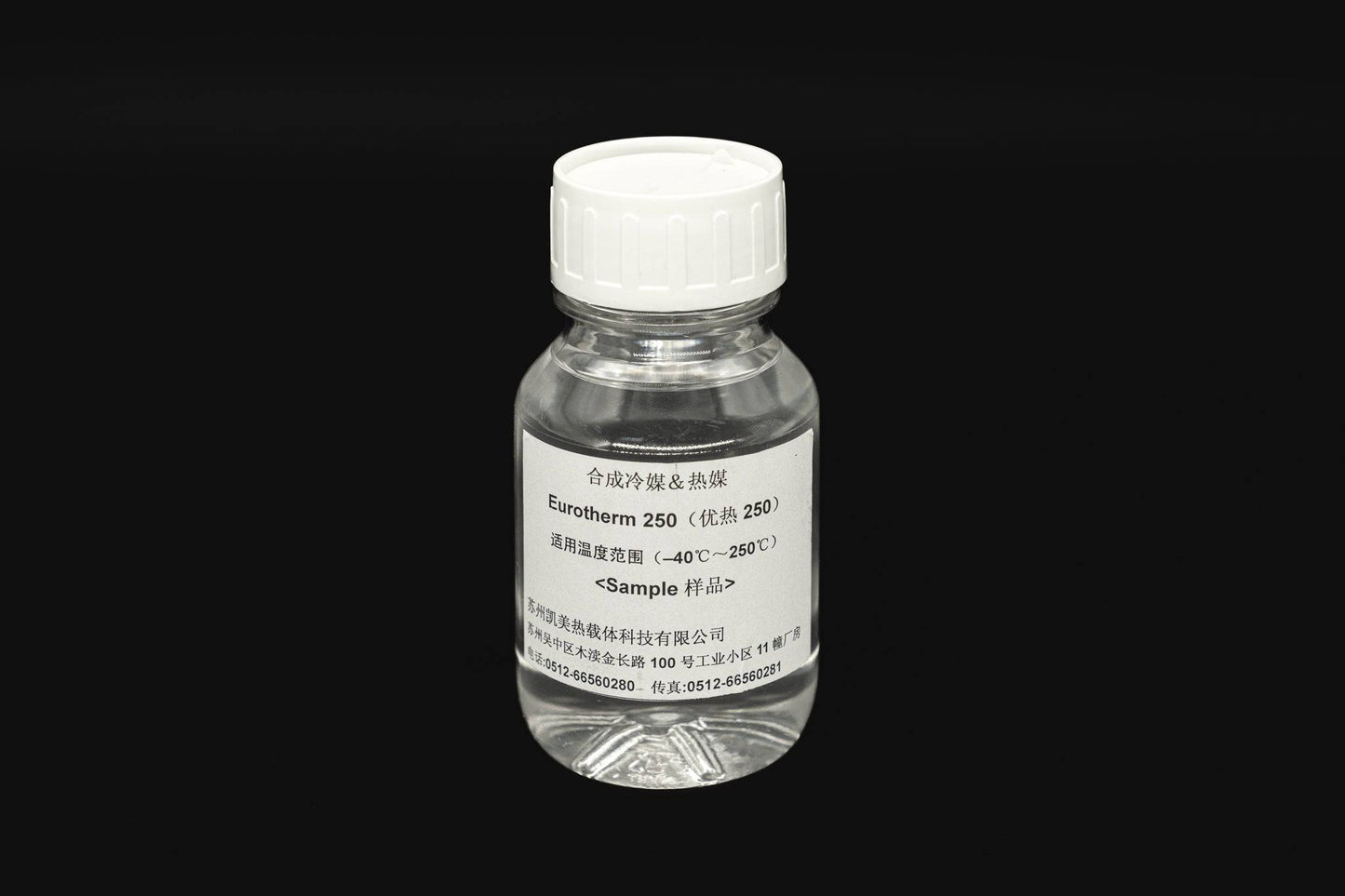The 10-Minute Rule for Chemie
The 10-Minute Rule for Chemie
Blog Article
More About Chemie
Table of ContentsThe Best Guide To ChemieThe Ultimate Guide To ChemieSome Known Facts About Chemie.Fascination About ChemieWhat Does Chemie Do?Chemie for Dummies
By Bojanna Shantheyanda, Sreya Dutta, Kevin Coscia and David SchiemerDynalene, Inc. Liquid air conditioning, which can be attained using indirect or direct methods, is made use of in electronics applications having thermal power densities that may surpass risk-free dissipation via air cooling. Indirect liquid air conditioning is where heat dissipating digital components are literally divided from the liquid coolant, whereas in case of straight air conditioning, the components are in direct call with the coolant.Nonetheless, in indirect air conditioning applications the electric conductivity can be crucial if there are leakages and/or splilling of the liquids onto the electronics. In the indirect cooling applications where water based fluids with corrosion inhibitors are generally utilized, the electrical conductivity of the liquid coolant mainly relies on the ion focus in the liquid stream.
The increase in the ion focus in a closed loop liquid stream might take place because of ion seeping from metals and nonmetal elements that the coolant liquid is in call with. Throughout procedure, the electrical conductivity of the liquid might increase to a level which could be harmful for the air conditioning system.
The Definitive Guide for Chemie
(https://www.pinterest.com/pin/1100919071865037994/)They are grain like polymers that are capable of trading ions with ions in a service that it is in contact with. In today work, ion leaching tests were performed with various steels and polymers in both ultrapure deionized (DI) water, i.e. water which is treated to the highest degree of purity, and low electrical conductive ethylene glycol/water mix, with the measured adjustment in conductivity reported over time.
The examples were allowed to equilibrate at space temperature level for 2 days prior to videotaping the first electric conductivity. In all tests reported in this research study fluid electrical conductivity was determined to an accuracy of 1% utilizing an Oakton disadvantage 510/CON 6 series meter which was calibrated before each measurement.
The Single Strategy To Use For Chemie
from the wall surface heating coils to the center of the heater. The PTFE sample containers were put in the heater when steady state temperatures were reached. The examination configuration was eliminated from the heating system every 168 hours (seven days), cooled down to room temperature level with the electrical conductivity of the liquid measured.
The electric conductivity of the liquid sample was kept an eye on for an overall of 5000 hours (208 days). Schematic of the indirect closed loophole cooling down experiment set up. Parts made use of in the indirect closed loophole cooling experiment that are in call with the fluid coolant.

What Does Chemie Mean?
Throughout operation the liquid tank temperature was preserved at 34C. The adjustment in liquid electrical conductivity was kept an eye on for 136 hours. The fluid from the system was accumulated and saved. Closed loop test with ion exchange resin was carried out with the very same cleaning procedures utilized. The initial electrical conductivity of the 230ml UP-H2O in the system gauged 1.84 S/cm.

0.1 g of Dowex material was contributed to 100g of liquid samples that was taken in a different container. The combination was stirred and change in the electrical conductivity at room temperature level was measured every hour. The determined adjustment in the electric conductivity of the UP-H2O and EG-LC examination fluids containing polymer or metal when involved for 5,000 hours at 80C is revealed Figure 3.
The Chemie Ideas
Number 3. Ion leaching experiment: Calculated change in electric conductivity of water and EG-LC coolants containing either polymer or metal samples when submersed for 5,000 hours at 80C. The outcomes indicate that metals contributed less ions into the liquids than plastics in both UP-H2O and EG-LC based coolants. This can be as a result of a thin metal oxide layer which may work as a barrier to ion leaching and cationic diffusion.
Liquids including polypropylene and HDPE showed the least expensive electric conductivity modifications. This can be because of the short, inflexible, linear chains which are much less likely to contribute ions than longer branched chains with weaker intermolecular forces. Silicone likewise carried out well in both examination fluids, as polysiloxanes are typically chemically inert due to the high bond energy of the silicon-oxygen bond which would certainly avoid deterioration of the material into the liquid.
Our Chemie Diaries
It would certainly be anticipated that PVC would produce similar results to those of PTFE and HDPE based on the comparable chemical frameworks of the materials, nevertheless there may be various other contaminations existing in the PVC, such as plasticizers, that may affect the electric conductivity of the fluid - silicone synthetic oil. In addition, chloride groups in PVC can likewise leach into the test fluid and can create a boost in electrical conductivity
Polyurethane totally degenerated right into the examination liquid by the end of 5000 hour examination. Before and after photos of steel and polymer examples immersed for 5,000 hours at 80C in the ion leaching experiment.
Calculated adjustment in the electric conductivity of UP-H2O coolant as a feature of time with and without material cartridge in the shut indirect cooling loophole experiment. The determined modification in electrical conductivity of the UP-H2O for web link 136 hours with and without ion exchange material in the loop is displayed in Figure 5.
Report this page